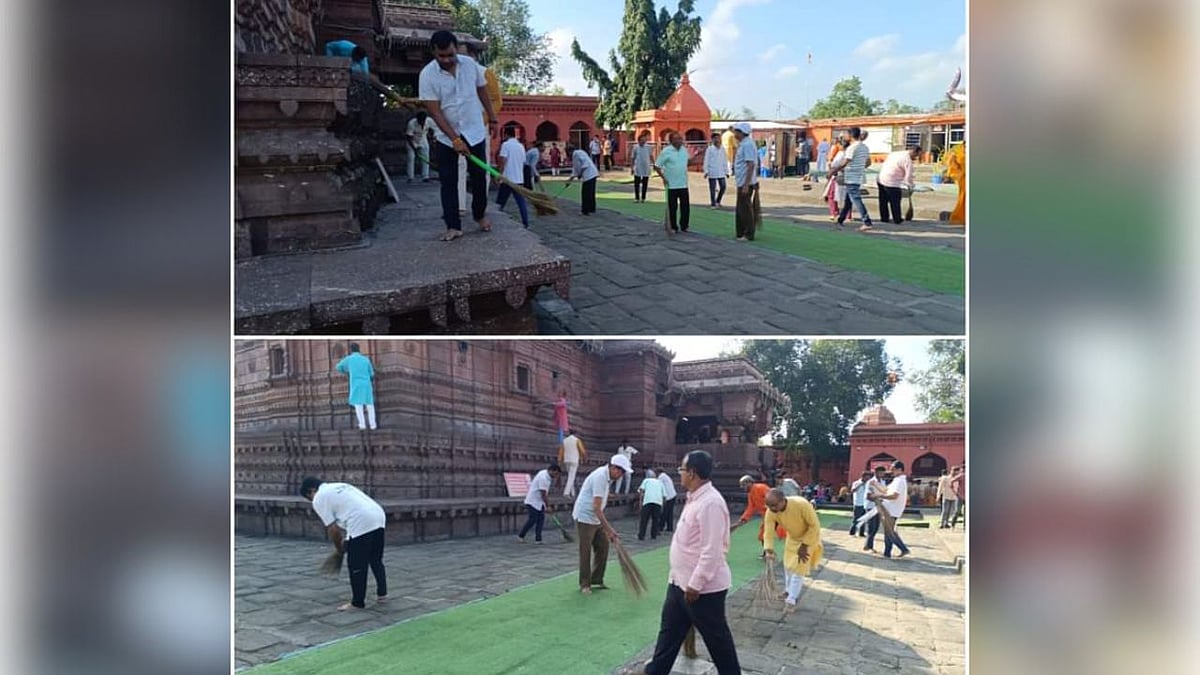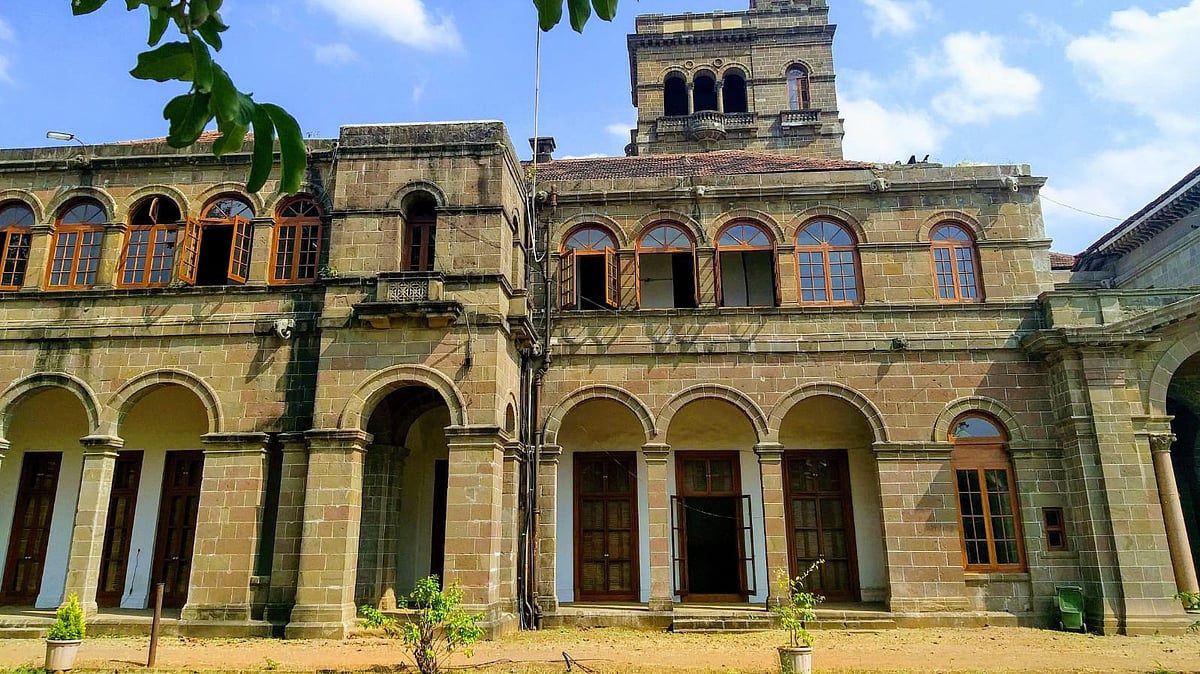Given the current difficulties being faced by local real estate developers, title insurance could be the solution to protect consumers’ interest and boost inflows from buyers and investors alike. Reema Mannah, Managing Director at Titlesolv, has been working in a consultancy capacity with insurers here in India to assist them in trying to understand the product’s idiosyncrasies. Mannah, in an interview with Pankaj Joshi and R N Bhaskar, shares her view on the importance of title insurance for the Indian market.
Edited excerpts:
What would be the drivers for this product in India—from realtors, investors, actual retail buyers and others?
Demand must be seen from different perspectives. First is consumer protection. RERA legislation aims for more standardisation, greater transparency and improved efficiency in real estate transactions.
These measures are to protect consumers that have historically had to suffer the consequences of ad hoc mechanisms. The very fact that RERA stipulates the inclusion of title insurance, suggests that at central government level there was an acknowledgement of the product value as a risk management mechanism.
This is to complement the imperfect state of land records in India and the transition to more transparent and standardised processes. Globally, title insurance has been built into real estate transactions primarily as a mechanism for delivering peace of mind to consumers.
For most consumers, the purchase of a home or business premises is the single most important economic transaction they will undertake in their lives.
Second is the ease of doing business. In a structure where land records are imperfect, title insurance offers a solution. It is not a fix, but does stand as a guarantee that problems arising in future would be dealt with—either by making good the defects in property title or by indemnification.
Risk transfer to the insurer will boost confidence of global funds towards the domestic real estate sector. This product essentially provides a guarantee on title risk transference which is not being given by the land records, the seller or the lawyers.
Third, all stakeholders in real estate worldwide – developers, buyers, financiers, investors – see this as a product which catalyses better corporate governance and returns on capital.
The entrepreneur who deploys capital can provision for losses due to title challenges and asset value depreciation through the use of insurance, without having to set aside funds for this purpose. Capital efficiency is therefore delivered.
Lastly is the legislative purpose. A stable real estate sector and land ownership system is a fundamental pillar required for every developed society.
If India is to be the economic powerhouse which it can be, one area of strong legislative reforms would be real estate. It is anecdotally known that the product of title insurance originated in 1868 in Pennsylvania, USA, as a consequence fall-out of a court judgement which adversely affected a homeowner.
Today, 150 years later, the US title industry has large players who underwrite all types of transactions— from loan originations to securitisations to renewable energy and high value Grade A real estate assets.
Today, each real estate transaction is title insured and estimated annual premium is USD 16 billion. Like in the US, title insurance can play a vital role in providing stability to a high-profile Indian real estate sector.
How would you define the tenets and what coverage does a title insurance product provide?
The title insurance product, which is currently available from the private insurers in the Indian market, has been created with strong feedback and guidance from people involved in local insurance, real estate and legal fields.
The title risks covered are those which are known to frequently occur in Indian real estate transactions and risks will typically be assessed on the basis of international loss ratios in those territories which are similar to India in terms of land law and real estate transaction practice. The intend behind this is to optimise cover and resolution.
The policy coverage time frame is flexible, across 7 to 12 years, on a single premium. The 12-year limit aligns with the provisions of the Limitation Act 1963, which stipulates that the legal owner of a property could be dispossessed by a third party who has been in physical occupation of that property for a minimum continuous period of 12 years.
The inference is that if the insured is in possession of the property for at least 12 years during the policy term then their title is unlikely to be challenged after that period.
The product coverage again mirrors global best practices, covering 20 risks. These could be unknown or latent title risks, known risks which are identified by the lawyers during their examination of the title and undiscoverable risks such as fraud and parties whose identity were unknown claiming to have a right to the property.
The most prevalent title risk which faces property owners in India stems from the inadequacy of the current land records, which will not improve until full digitisation takes effect and even then historic risks will not fully be obliterated from the title DNA.
Hence, the premium rates are aligned with those applied mainly because an insurance product is in its nascent phases in new territories. Therefore, initially the premium would be higher than those currently prevailing across Europe and the USA until sufficient claims data in India can be collected and analysed.
Why would there be a high level of customisation in policies? Is India an exception or is it the same worldwide? How does the Indian market look?
If you talk of customisation, property ownership worldwide is a subjective issue. In India, we see each state has its own idiosyncrasies and so localisation of product offering is inevitable to retain its relevance.
Regarding the market size, collective data on transactions is not available as it is not published due to lack of a proper land registration system.
This is why title insurance can actually replicate the US model in some ways as when the journey started there the experience was the same and now the title insurers hold that vital transactional data which validates real estate market analysis.
I can only say that assuming average annual insurable transactions of USD 100 billion, we are looking at USD 500 million in annual premium income as a starting point.
In the short term, the focus will those cities which offer modern living and modern commercial activity to India’s growing demographic dividend of a highly skilled and youthful workforce, like Bangalore, Pune, Hyderabad and undoubtedly, Mumbai.
How do you see the market evolution over the coming decade, and what regulatory support would you aspire for in order to build a proper ecosystem?
Reports indicate that, after a slow start, the roots of the RERA mechanisms are beginning to take hold. This period of slow growth and churn is perhaps a good time to have the ambitious infrastructure, which RERA and other legislative reforms seek to build by the time the sector revives.
Given India’s economic path, increased demand for housing, infrastructure, commercial, retail and hospitality locations, is inevitable. While the Indian real estate development and funding sectors are working through the pain of market recovery, the sectors seeing good growth at present are retail, hospitality, renewable energy, techno-space, logistics and warehousing and infrastructure.
Media reports indicate that the local real estate sector attracted private equity inflows of USD 6.8 billion last year. A revival in sentiment is inevitable, and at that time it is vital that the fundamentals of RERA, including the rationale for the mandating of title insurance, are preserved and also unlocked. For this, much of the enforcement has to be done at state level. Right now there appears to be a gap between the central government’s intention to protect consumers via RERA and other legislation; and leaving it to the state government to autonomously trigger the product requirement without a prescribed time frame for doing so. In this context implementation and enforcement can become problematic.










